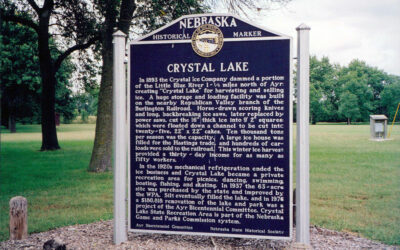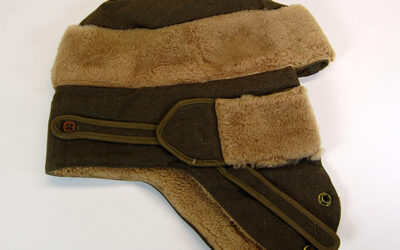In mid-May 1857 a small Mormon colony occupied a site in Nebraska Territory called Genoa. The Church of Jesus Christ of Latter-day Saints planned to establish several similar colonies along the Mormon Trail between Florence, Nebraska, and Salt Lake City to serve as way stations for later emigrants. Henry Hudson was a community leader who wrote the following letter from Genoa to a New York newspaper, The Mormon, where it was published on August 15, 1857. That fall the U.S. government signed a treaty with the Pawnee Indians creating a reservation that included the Mormon settlement. The Mormons were forced to abandon the site in the summer of 1857.
“Editor of The Mormon, Dear Sir: As already published in The Mormon, we left Florence for this place on the llth of May, and reached our destination after a tedious travel of 5 days. In consequence of the lateness of the season the feed was poor and nevertheless all arrived in safety and commenced putting in the plow. We have very little wheat; but intend to sow liberally in the Fall. Our farm lies south and east of the city, it contains about 750 acres bounded on the South by the Beaver River, South East by the Loup Fork, north and west by a sod fence. . . . Our crops are of the most flattering character: corn, potatoes, buckwheat and garden stuffs are looking finely, and if our corn escapes the early frosts that are peculiar to this latitude, it is the opinion of some of our best judges the yield of corn will be from 60 to 70 bushels to the acre.
“We have our saw mill in operation, and expect enough lumber will be got out this season to help us put up houses sufficient for our present population. We have a brick yard in full blast, and expect soon to be able from such auxiliaries as saw mills, brick yards, and willing hands to build a city not a whit behind any other in Nebraska. The city of Genoa is about 102 miles from Florence, contains about 400 acres, 10 acres to a block, from center to center of streets, 8 lots in a block 18 rods long, 9 rods wide; the streets cross at right angles 4 rods wide. It is laid off on a beautiful eminence near the bluffs on the north, gradually descending to the east, south, and west. . . . We number 97 men, 25 women, 40 children, 42 yoke of oxen, 20 cows, 6 horses, and some two dozen chickens, 20 hogs, and 2 cats, and dogs plenty. Yours truly, Henry J. Hudson.”



